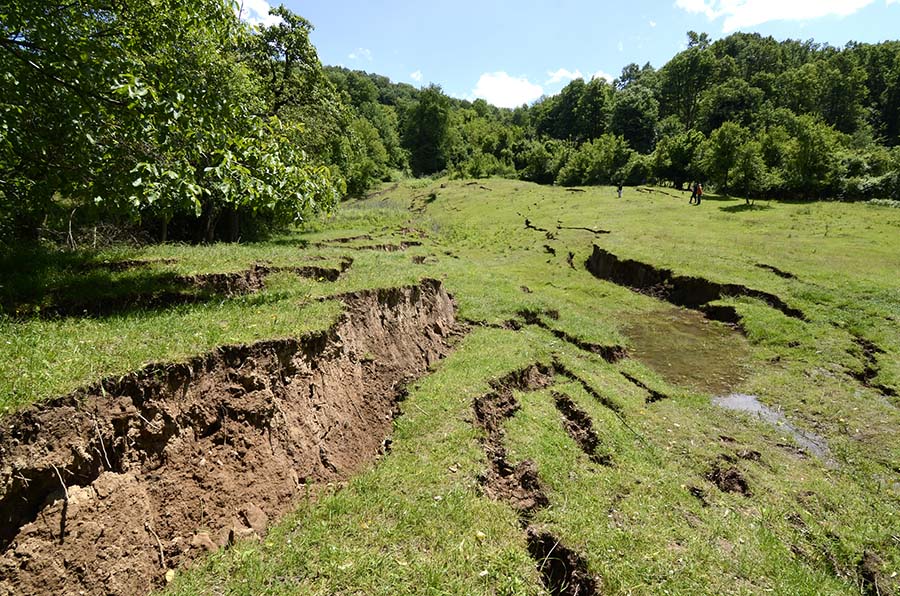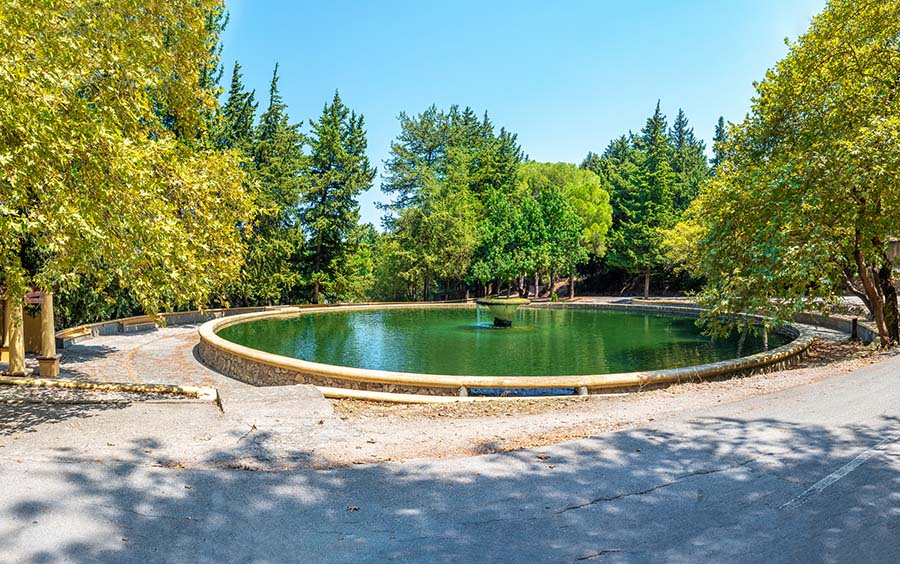Article Center
Bulk Fertilizer Storage Options for Farmers
Farmers are far from limited in their options for storing fertilizer on site at the farm.
Repairing Erosion
It’s all too easy for sheet and gully erosion to develop while no one’s watching.
Controlling Existing Erosion
Once erosion begins, it can accelerate unexpectedly when there’s a particularly heavy rain or strong wind.
Preventing Erosion in the First Place
While it’s always possible that erosion will occur due to a major natural disaster, like a flood or historic storm, many of these issues are predictable and perfectly preventable.
The Issue of Erosion
In the strictest sense, erosion is simply the movement of soil from its original position on a surface.
How Liners Make Cistern Maintenance Easier Over the Years
Putting a liner in your cistern, whether you install it during initial construction or years later, will make maintenance easier for the lifespan of the structure.
Adapting Cistern Liners to Fit Around Pipes and Pumps
Like many other ponds and tanks designed to store water, cisterns rely on a complex fit of plumbing connections and pumps to both fill the storage area and empty it when needed.
What Liners are Available for New Cisterns?
It’s easy to assume that a brand-new fiberglass tank, or freshly excavated pond, will hold water perfectly from day one.
Which Liners Work Best for Lining Damaged or Old Cisterns?
Once you’ve decided you want to restore an existing cistern rather than building a new one, you need to choose the right lining product.
When to Line a Cistern vs Replacing or Retiring It
Finding a buried or above-ground cistern can be surprising and somewhat dismaying for home and business owners.
In-Ground vs Above-ground Cisterns
Underground cavities, in-ground ponds, and above-ground ponds all qualify as cisterns if they’re used for holding rainwater or fresh water.
Potable vs Non-Potable Water Cistern Lining
Cisterns are used for both potable and non-potable purposes. Potable is another term for water that is clean and sanitary enough to drink.
What Types of Cisterns are Still in Use Today?
With such a long history of use, many people assume that cisterns are an old-fashioned design only used as tourist attractions in Roman ruins.
10 Tips for Using Geosynthetics for Catchment and Pond Lining
Geomembranes are designed to support roadways and reinforce retaining walls, so they also work great for keeping ponds and catchment basins watertight and easy to maintain.
Choosing the Right Material for a Geomembrane Liner
Geomembranes, in particular, are challenging to choose correctly.
Signs a Project Will Need Geosynthetics
While geosynthetics do offer a lot of benefits for large grading and earth moving projects, they’re not always required by every design.
What Materials Are Used for Making Geosynthetics?
As with functions and characteristics, many geosynthetics also share common material composition.
How to Choose the Right Geosynthetics for a Project
With an umbrella term, covering so many distinct types of products with very different purposes and features, it’s easy to get confused and mistake one type of geosynthetic for another.
The Five Main Functions of Geosynthetics
Regardless of the type of material, all geosynthetics provide at least one of the following five major functions.
What are Geosynthetics?
Geosynthetics are defined as polymers shaped into planar materials for the purposes of reinforcing and improving soil conditions.
The Challenges of Industrial Wastewater Containment
Industrial and mining wastewater, in particular, is some of the harshest and most corrosive material in need of storage.
What to Look for in Wastewater Containment Liners
While geomembranes may offer the best combination of durability and flexibility for wastewater containment, they’re not all equally suited for this particular use.
Tanks vs Ponds for Wastewater Storage and Containment
Most wastewater management projects involve a mix of different holding units depending on which stage of treatment or storage is needed.
Wastewater Containment, Treatment, or Storage?
There is a lot of overlap between the various goals of storing, containing, and treating wastewater.


























